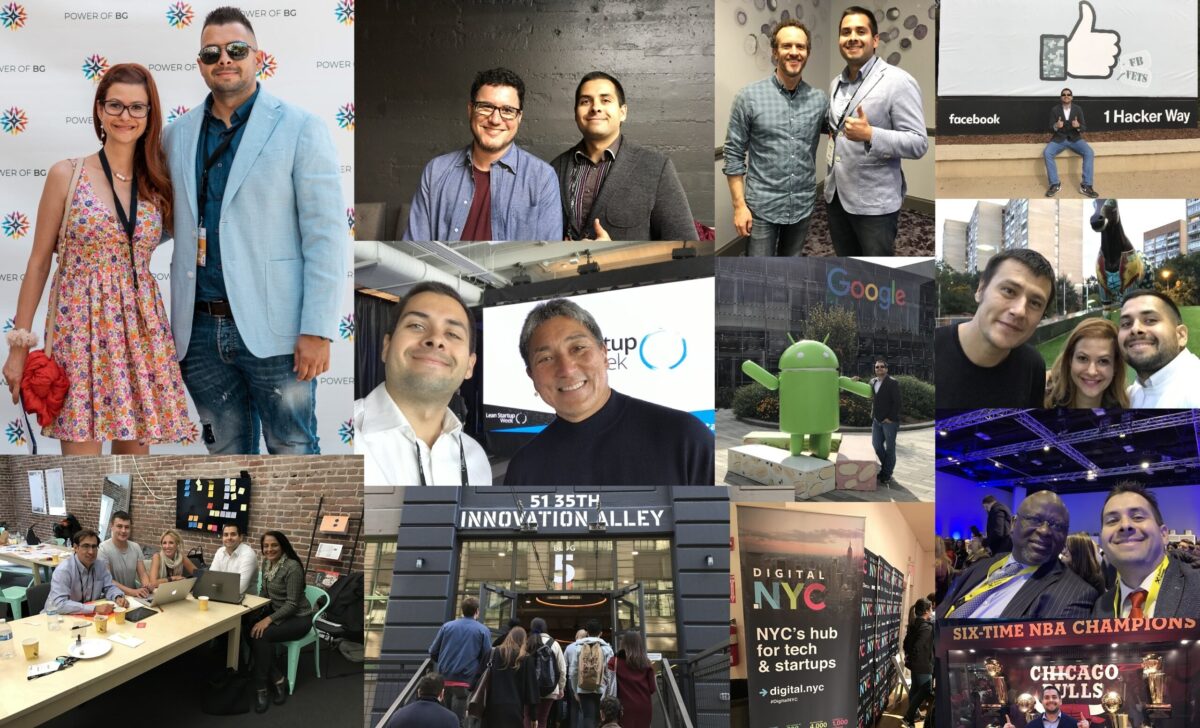One aspect of product development that is overlooked is product discovery. In many cases, there is an emphasis on usability and not utility. Usability is critical, but without utility it’s really quite empty. By using product discovery you’ll ensure your making products that are not only usable, but are useful too.
There are four main areas of usability and utility that must be addressed:
• Problem Definition
• Exploring
• Solutioning
• Prototyping
There are various areas of these four that must be looked at. Product discovery will vary from company to company, but these four areas will product the results required.
The Product Definition
Define the Goal
You have to know why you’re building the actual product so the goal must be defined. The long-term goal should be identified and then written down. You should look at obstacles as well as assumptions to reaching the goal. Look at things that might cause you don’t reach the goal and what about the goal has to be true.
Map The Process
Identify and then map the journey for the user. The actions or jobs that the user must take should be addressed. List your users on the left and then your story ending which is your goal on the right. The actions will be between this.
Ask Experts
Once the process in mapped, then you can talk to any experts. Any experts that you use will be determined by the user journey maps. This is usually the employees who use the product or are a part of the service you have now. The experts understand the process and what is working and where improvements need to be made.
The Problems Need to be Written Down as Opportunities
For the problems that you find in the product or process, make sure you write this down as an opportunity. For example, if you have a problem where it’s taking several hours to process a request by a customer, your opportunity might be How can we reduce our processing wait times?
Exploring
Explore Your Solutions
You should have the opportunities laid out now. Have a session where you hash out various ideas and solutions related to the opportunities. You’re figuring out ways that your product and it’s features could potentially solve the pain points of users.
Sketch the Possible Solutions
Take your ideas from the previous step. You want to sketch these solutions out so you can see what the solutions would appear like in the created product.
Solutioning
Pick a Solution
From the solutions that you have identified you want to pick the best one for each of your problems that you mapped out during your Problem Definition Phase. This will more than likely by multiple solutions to each problem. You’re going to figure out which one will be best.
Storyboarding
You need to map out how your solution will look once it’s in the hands of the end user. You’ll need guidance on the user flow for the app prototyping. The next part is going to be the product discovery process.
Prototyping
Create the Prototype
In the app prototyping phase, you’ll create a visualization of your app. You can use your storyboard as the basis for this. You’ll build a clickable and interactive sample of a product experience which demonstrates how it works. You can also create a mockup if you wish so there’s a branded and polished representation of the composition of your product.
Validate
Once you have a working prototype, user testing will help you validate the product. A focus group can be used to collect feedback. This group can contain internal team members or people that you have found through a service or testing tool. You collect data on how people interact with the product and any issues you’re having with it as well as user’s experiences and other data. This stands as a guide to what direction the product is going in.
By using this method to product discovery you’ll focus on both the usability of your app (is it adding value and solving problems?) and the usability of the app (what are users experiencing with the app?). This gives you the foundation that you need to develop a product that will add value to users which increases your chances for success in the marketplace.
